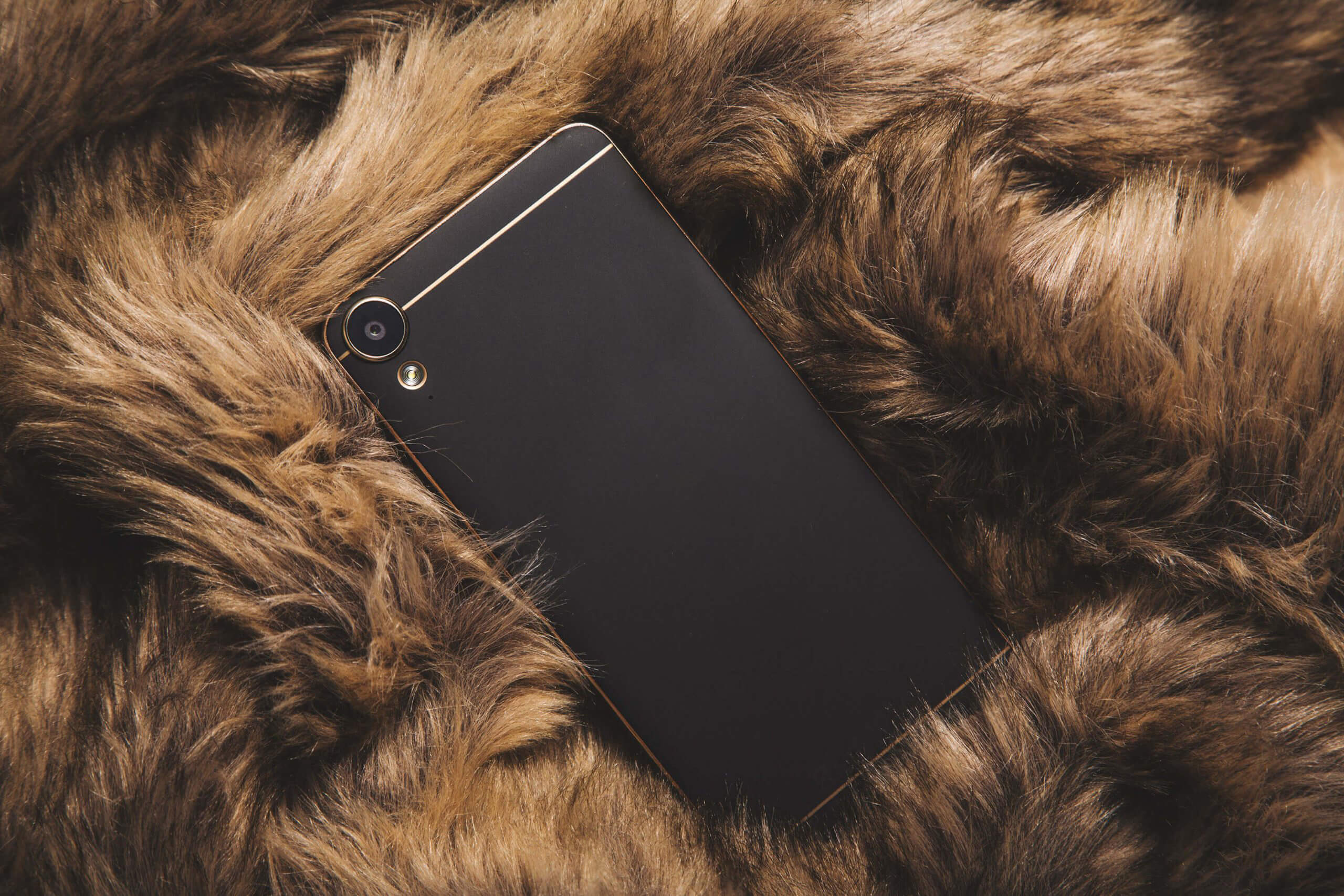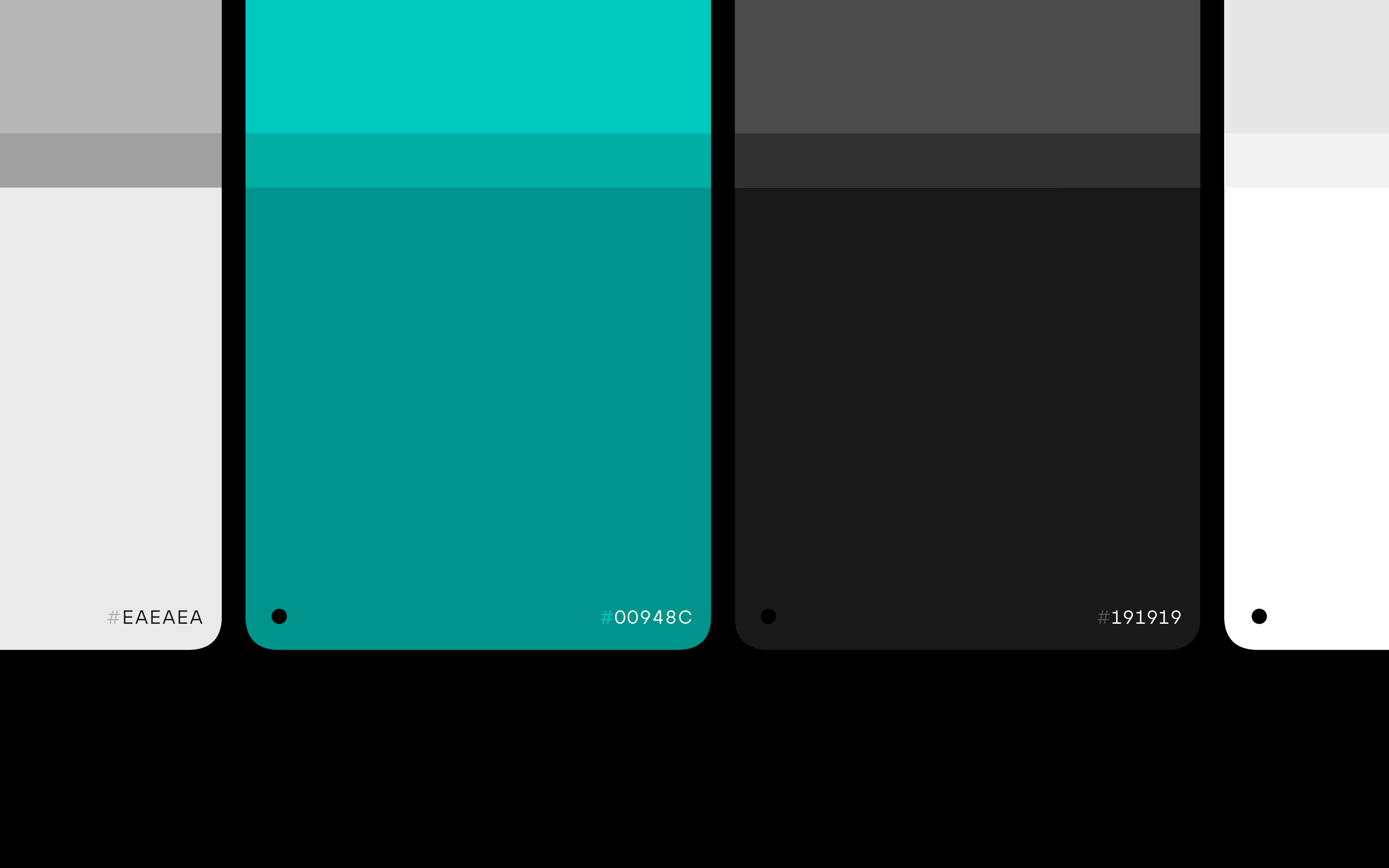
What does it mean to be a luxury brand in a world where everything is free?
The digital revolution has shaped at least fifty years of history
A revolution first cautious, then faster and faster and more confident, up to the overwhelming and almost unmanageable rhythms of today. On its path, it has left some illustrious victims, roughly all those who have failed to adapt to its paradigms. Luxury brands today find themselves having to decide which side to stand on.
Come to think of it, the Internet has little to do with luxury. It was born on the premise of democracy and accessibility and convinced us that everything should be available and, above all, that it should be free. As far as shopping is concerned, then, it has accustomed us to being ruthless and unfaithful customers, always one step ahead of the brands we buy.

According to the consultancy McKinsey, in 2025 a fifth of purchases of luxury goods will be made online. And already today 80% of these purchases are “digitally influenced”, that is, somehow influenced by content seen online. Here you can read the entire report.
What emerges is that luxury brands must adapt to the digital world both in marketing and customer care, to restructure their entire business model. And many are already doing it successfully: Hermès has created an app, Silk Knots, which explains to the user how to tie their scarf; Burberry combines personalization, social channels, and interaction between online and store; but perhaps the most striking case is that of Gucci, which seems to have found its own language and increases sales accordingly.
The luxury brands that work best in digital are those that understand the expectations of the millennials. That’s why they offer experiences before products, speak a visual and recognizable language, and create articulated stories. As we did with Frontman, for example.

However, the feeling remains that it is digital, not luxury, that drives the game. Platforms and devices are expressive spaces, but they impose strict rules and change them all the time. All it takes is a different algorithm, and a new functionality, and all brands have to restructure their communication consequently.
The challenge is not to give in to the sirens of efficiency, which on digital are particularly noisy. In this context, everything moves quickly, and the risk that luxury brands – icons built over decades of history – run is to chase success in the short term, sacrificing an identity built over decades.
READ MORE ON
How We Choose Brand Colors for Impact
Choosing brand colors is never easy. But it helps to have a rough idea of why you are picking one over another.
Why Our Branding Agency is Called Sublimio
What’s in a name? More exactly, what’s in our name? Well, probably more than you think. Here’s where it comes from.
How We Do Brand Typography for Strong Brands
Brand typography can be seen as a detail, but it’s the living spirit of a brand. This is how we do it at Sublimio.
Giving the Brand a Body: How We Do Visual Identity
Designing a visual identity means creating a whole world. So where do you start and, most importantly, where do you stop?
our newsletter













